Business risk identified in teamwork
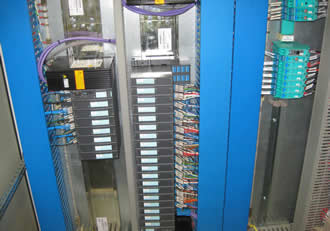
Capitalising on the advantages of a fully supported and future-proofed process control system and reducing business risk all lie behind a recent successful migration project for Bespak Europe. The company’s production facility at Kings Lynn removes extractables from elastomer gaskets and rubber seals used as part of patient respiratory drug delivery devices.
Performing a critical and time sensitive function in the supply chain, any problems associated with production line performance has a significant impact for several of Bespak’s key products.
The company’s legacy Distributed Control System (DCS) at Kings Lynn was used to provide control and monitoring of an ethanol extraction rig and had been in operation since 1998. A plant condition study and risk assessment of the process system was used to determine and identify obsolete and non-supportable equipment that would expose the business to significant risk if it was not upgraded, as well as posing a barrier for future expansion.
This situation led Bespak’s management team to request that process equipment supplier; De Dietrich Process Systems (DDPS) - who had worked with Bespak on the development, design, installation, commissioning and qualification of the liquid/solid extraction process facility, define the scope of a major system migration project. 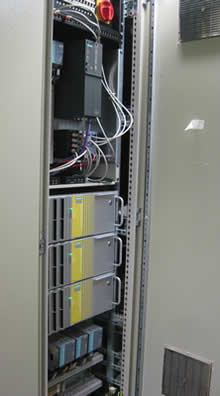
Three options were under review, including replacing the original DCS with its evolutionary successor from the original supplier, as well as assessing the merits of introducing an entirely new process control system. After a comprehensive examination of all the options, DDPS and Bespak settled upon the technical solution offered by QSI which was Siemens’ PCS7.
Tony Fleetwood, Manufacturing Systems Manager at Bespak Europe explained further: “We could no longer fully rely upon the old control system and took the strategic decision to replace it so we could drastically lower our business risk in this critical area of the production supply chain. Working with DDPS under the direction of Head of Process Engineering, Tracy Hart, we concluded that an equivalent replacement control system such as Siemens SIMATIC PCS 7, could be seamlessly integrated into the current system without disrupting production and bring with it additional compliance and improved system functionality. For example, the new system had to be validated and compliant with various pharmaceutical sector regulatory measures such as GAMP 5 guidelines, 21 CFR Part 11 and Annex 11. PCS 7 offered this and would be a cost competitive answer to lowering business risk, as well as driving future proofing benefits.”
With the decision made to specify the PCS 7 control system, the project team, which saw the addition of QSI as the chosen control system sub-contractor to work alongside DDPS, the principal contractor - had to devise the most effective way to manage the migration from the old system without causing any interruption to critical day-to-day production scheduling and to co-ordinate with the other facility upgrade activities managed by DDPS. To overcome this, the team adopted a four-stage migration strategy so that current operational requirements could be maintained and allow the project team to plan work within tight shutdown periods.
Staged migration
Tracy Hart added: “The main factor of the four stage migration solution, and to ensure we did not adversely affect production, was the ability to run both the old and new systems simultaneously and ensure they communicated with each other, as well as coordinating this with the other process plant and mechanical service upgrades managed by DDPS. Teamwork and true stakeholder collaboration sat at the heart of achieving this.
“Through comprehensive upfront planning with Jeremy Hands at QSI which provided a number of suggestions implemented in the project, regular update meetings involving all parties, and a thorough de-bugging process, we were confident we could successfully meet the staged migration challenge for Bespak and not affect its production. In addition, the provision of additional support from Siemens including PCS 7 training courses for key personnel was extremely helpful.”
The combined DDPS and QSI team undertook the control system migration as planned over four separate stages which lasted for ten, three, four and five days respectively. Each stage was concluded on time or early thanks to the combined team efforts. The shutdown periods during migration saw up to 20 DDPS and QSI and mechanical services engineers on site to ensure all the pre-planning was implemented smoothly. In total, the entire upgrade project was completed within the scheduled 48 week timescale.
Jeremy Hands commented: “Utilising the new features in PCS7 around the use of ‘Control Module Types’ was a key factor in the project success. This allowed the software to be developed for one rig, and for that software then to be transferred to the other rigs with minimal effort, and therefore retesting. In addition, the use of modular software meant that any modifications and enhancements identified in the early phases of the project could be seamlessly transferred across the project in a regulated fashion, which once again reduced the validation requirements.”
As well as removing risk associated with the previous system’s ongoing performance, PCS 7 is also providing significant functionality enhancements which will support operational efficiencies going forward. These include real time trouble shooting capability, enhanced diagnostics, operator centric process control, key data availability and a validated production plant, which is fully compliant with the stringent legislative responsibilities seen across the pharmaceutical sector.
Tony Fleetwood added: “The PCS 7 process control system is delivering on many fronts. The process needed to run exactly as it did with the old legacy system and this has been achieved through the expertise of both DDPS and QSI.”
Fleetwood concluded: “We are now using current technology that can be maintained and supported with access to the wide availability of spares as required. We have a process control system that is fully validated and compliant with detailed design and project documentation allowing full traceability of the design, testing, installation and qualification process. We also have a clear path for future incremental upgrades of the control system as we see fit.”
“Most importantly of all, we have removed operational and business risk from a pivotal part of our production supply chain, safe in the knowledge that the existing process will continue to run for many years to come. The new system is working very well and we are delighted with our decision to press ahead with the system migration.”
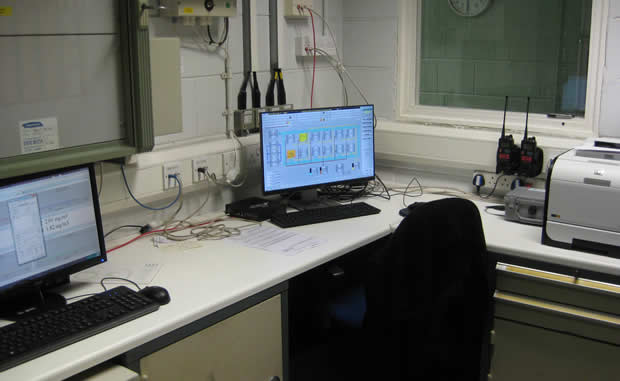
Similar articles
More from Siemens
- Digital Twin car game drives next-gen towards engineering 23rd March 2021
- Young engineers used talent and digital tools to make history 22nd July 2020
- Siemens at forefront of recruiting women into manufacturing 24th June 2020
- Siemens’ MindSphere helps Hosokawa Micron connect its digital factory 15th June 2020

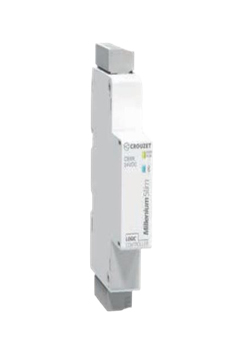
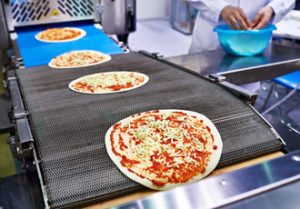
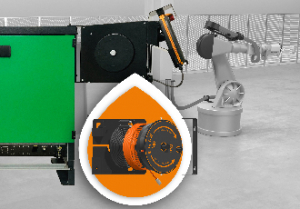
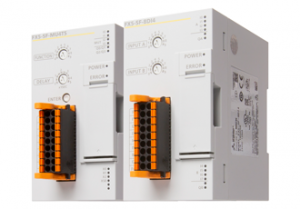
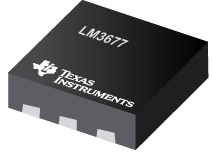

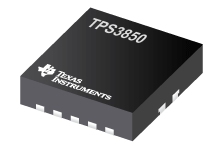
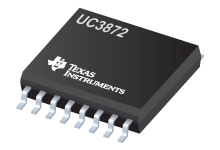

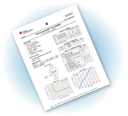

Write a comment
No comments